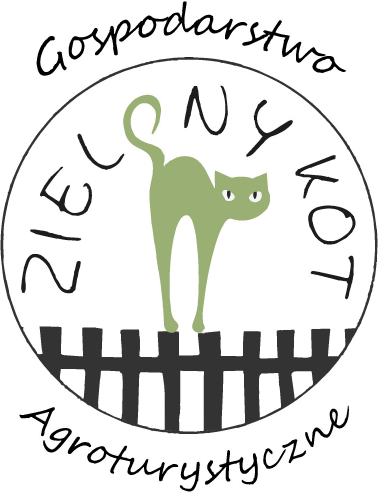Near area and attractions
The Old Water Mill
The Old Water Mill was built in the 19th century. The original building was completely made out of wood; a later addition to the structure was the stone foundations, in order to provide improved support. It’s one of a few traditionally restored working water mills in the Pomeranian District, where you can follow the whole process of making flour from beginning to end. If you are interested in sampling traditional fayre, then you should make your way to the Sklep w Mlynie (Watermill Shop). Delights on sale to tempt you included home-made sour dough bread and traditional regional cakes. You can also buy local sourced organic food from the surrounding farms such as fruit jams and conserves, free-range eggs, butter and fresh unpasturised milk. There is also a chance to purchase unique Kaszuby region arts and crafts pottery, embroidery, sculptures.
Local walks and cycling trails
Lipusz and surrounding areas have a great choice of walking and biking trails, some of which taking in the forest. Along these routes it is possible to forage for seasonal wild bilberries and mushrooms. The trails also offer a great opportunity to see the diverse wildlife of the region has to offer from deer to the numerous nesting birds: heron, crane, stork, cormorants, grebes, redstarts, linnets, larks, cuckoos. At dusk it is possible to see the very rare local bat species “mroczek posrebrzany” (Vespertilio murinus) leaving their roost, in the grounds of the farmhouse.
Other places of interest
Lipusz has a 19th century neo-gothic styled Catholic Church with a beautiful baroque figure of St Mary and baby Jesus at its altar. A cemetery dating from the same time surrounds the Church, which is not the norm in Poland.
The Museum of Rural Economy in Lipusz is another place worth a visit. It is housed in the old former Evangelical church building built in 1865. Here you will find old farming tools, a traditional polish ladder cart, an old 1913s fire engine, along with many other historic tools used around farmhouses in the past.
